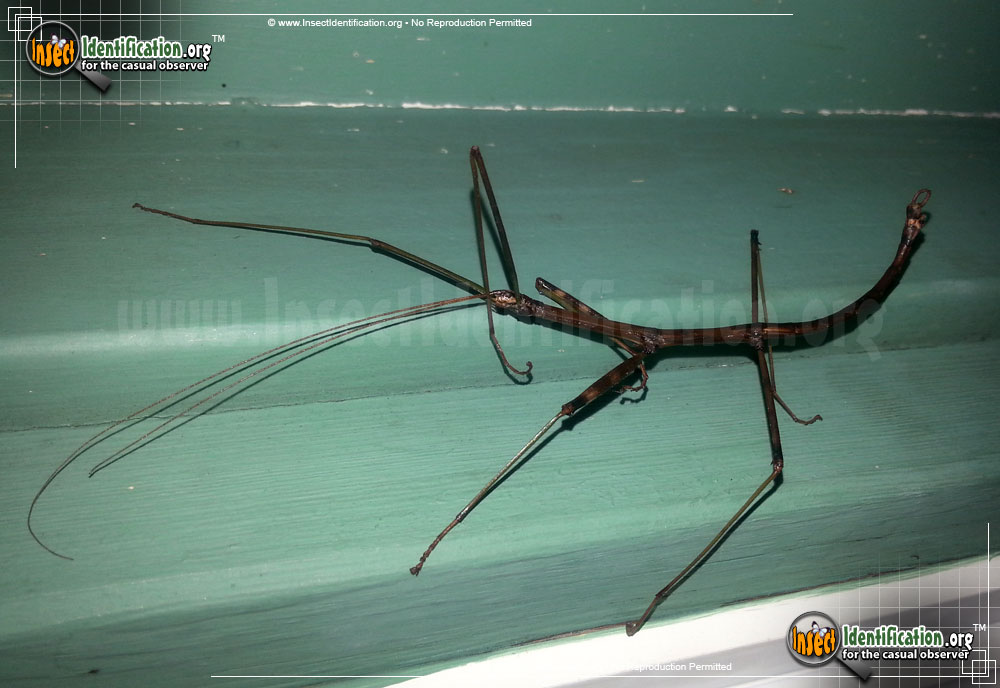
Northern Walkingstick
Fact Sheets: Keeping Live Invertebrates - Northern Walking Stick. Diapheromera femorata. DISTRIBUTION: Stick insects are widely distributed around the world, mostly in tropical regions.This particular species is the only one that occurs in Canada, in southern Ontario and Québec.. HABITAT: Walking sticks live on the plants they eat.They usually occur in forested or brushy areas.
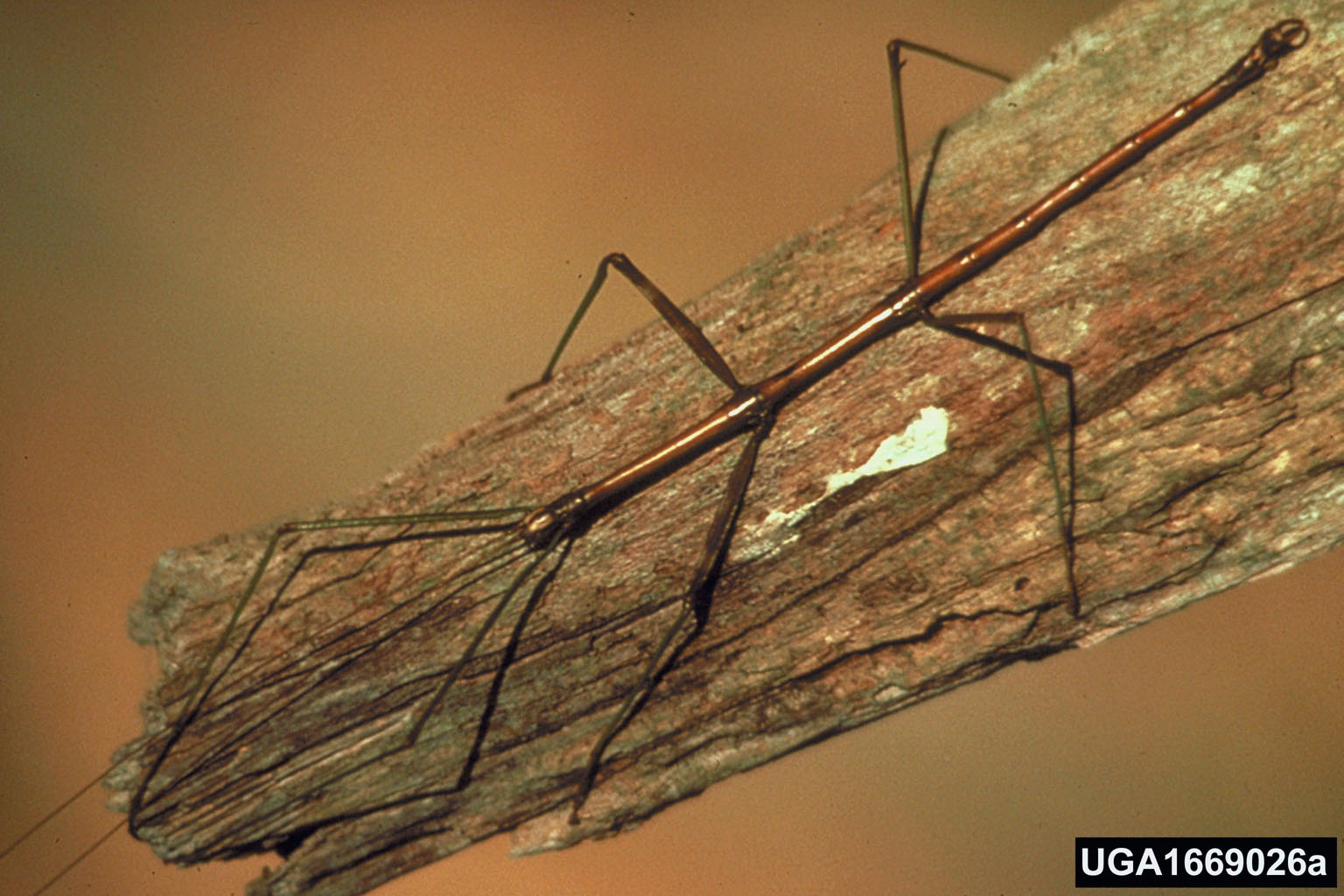
Forest Pest Insects in North America a Photographic Guide
Northern walkingsticks ( Diapheromera femorata ), the only species in northern North America, is 3 ½" to 4" in length (males tend to be smaller). Most species in the U.S. are wingless; insect legs (and wings) are attached to its middle section (thorax), and a walkingstick's thorax comprises an impressive one-half of its body length.
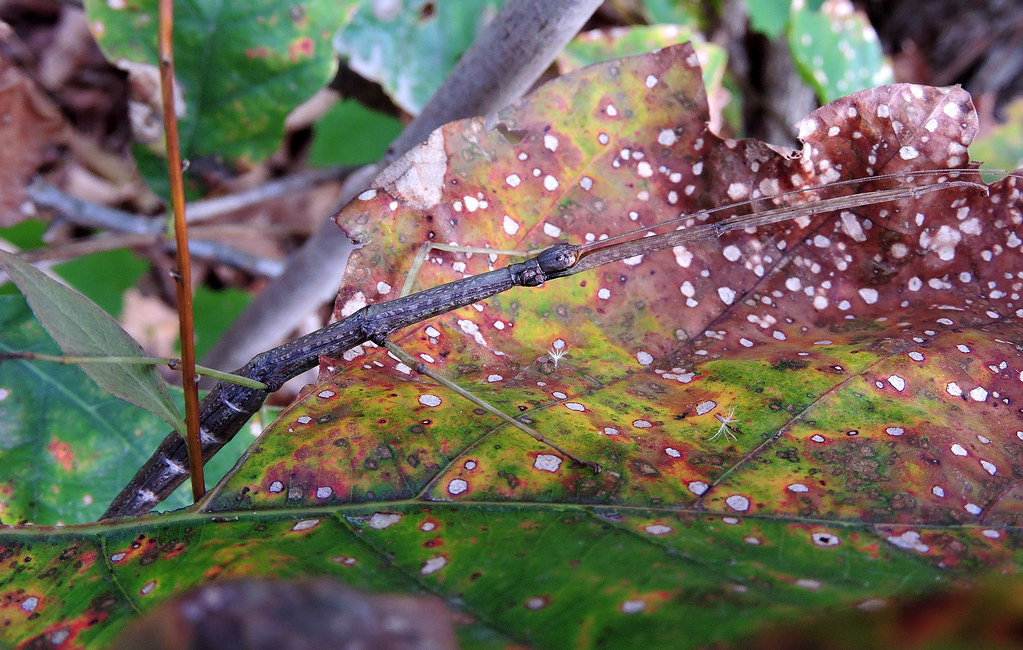
Northern Walking Stick insect KVSP, Andover Twsp., Sussex … Flickr
There are a total of [ 6 ] Walking Sticks in the InsectIdentification.org database. Always pay close attention to color variations and body shapes when trying to identify a species. To remove entries below, simply click on the 'X' in the red box of each respective insect.
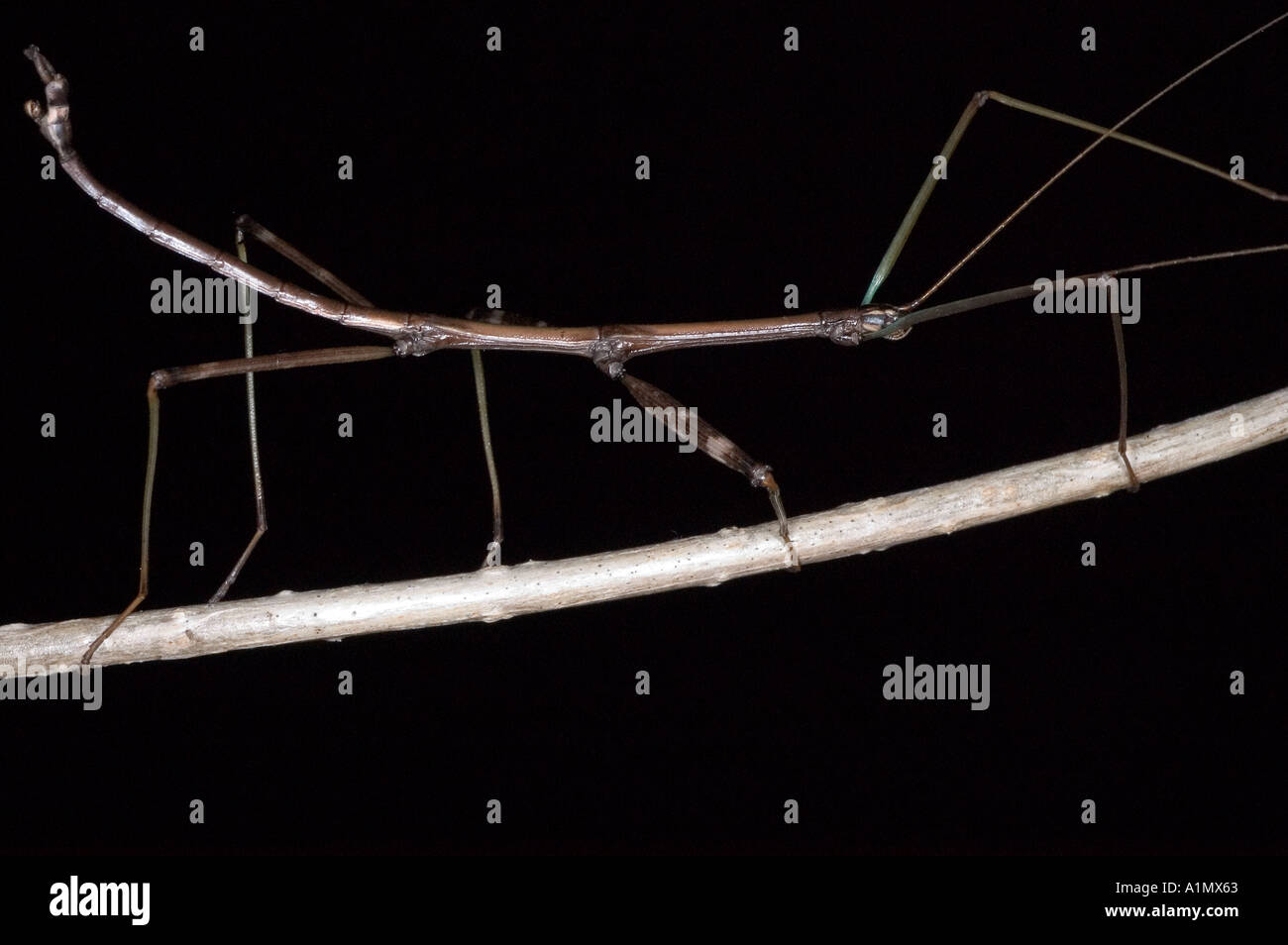
northern walking stick insect Stock Photo Alamy
Northern walking sticks (Diapheromera femorata), the only species in northern North America, is 3 ½" to 4" in length (males tend to be smaller). Most species in the US are wingless; insect legs (and wings) are attached to its middle section (thorax), and a walkingstick's thorax comprises an impressive one-half of its body length.

Northern Walking Stick insect (Diapheromera femorata) Sep 2019. Lufkin, Walking Sticks
Northern walkingstick (Diapheromera femorata), very slender and common in Missouri 1 Twostriped walkingstick (Anisomorpha buprestoides), a large, stout phasmid with three conspicuous longitudinal black stripes 2 Wings and Spines Many walking stick species are wingless or have small, vestigial wings.
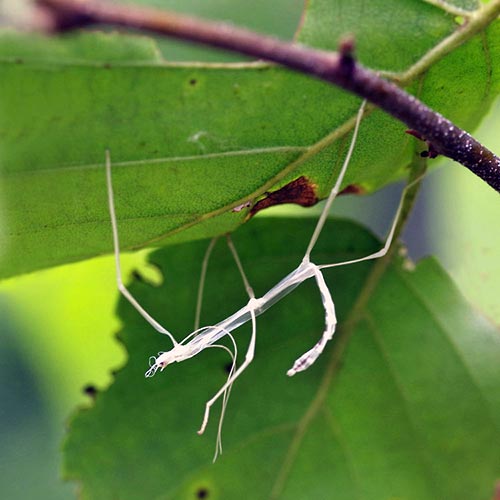
Northern Walkingstick (Family Diapheromeridae) Field Station
Habitat Common walkingsticks are found in deciduous woods and forests where their preferred food sources (oak and hazelnut) are abundant. They may also be found in agricultural fields, urban gardens and residential yards. ( Milne, 1980) Habitat Regions temperate terrestrial Terrestrial Biomes forest mountains Other Habitat Features
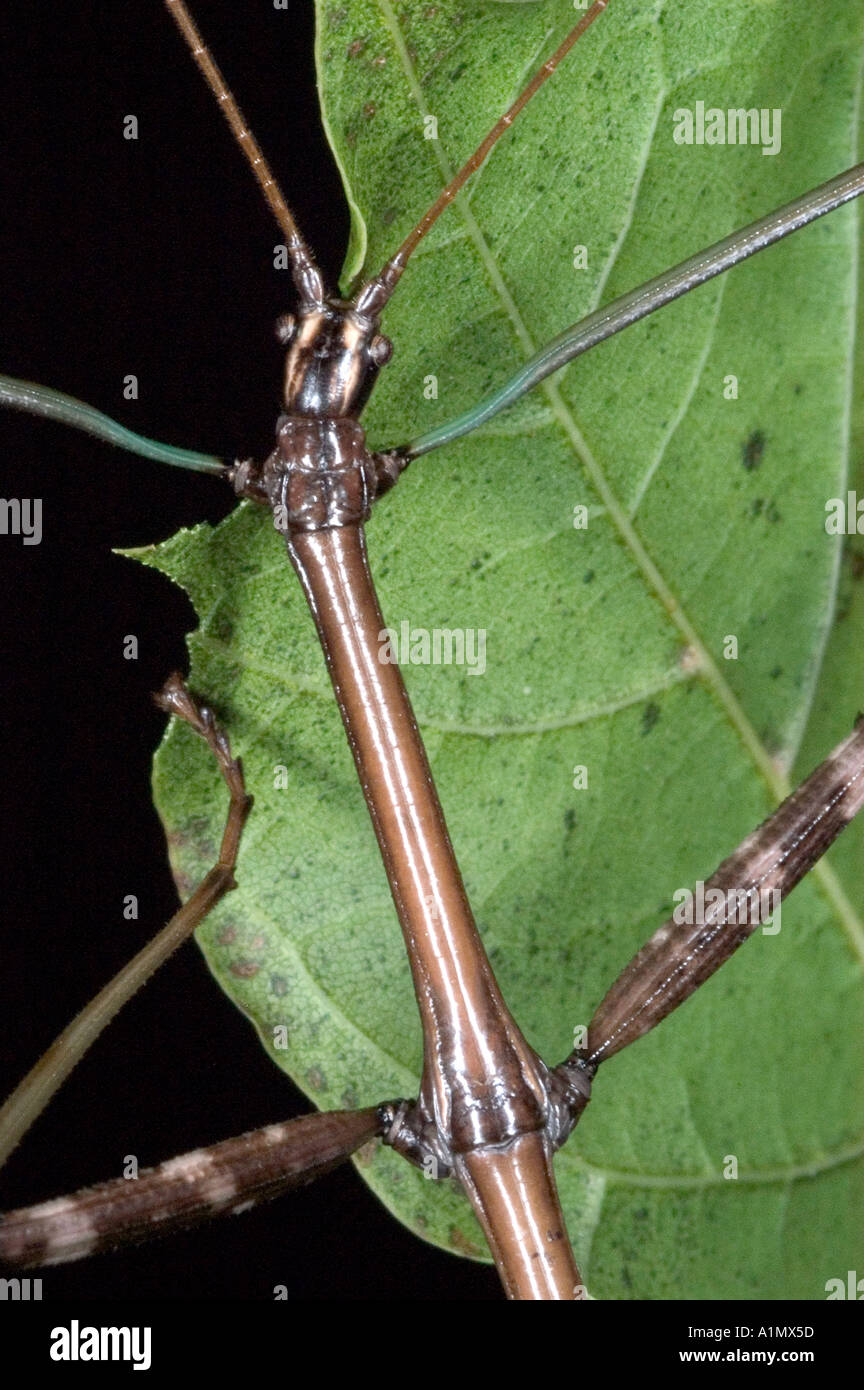
northern walking stick insect Stock Photo Alamy
Unlike many adult insects, the Northern Walkingstick never develops wings and the nymphs and adults are quite similar in appearance. Some species of stick insects lay eggs on plants while others simply deposit them on the ground.. With autumn in full force and leaves mostly fallen, spotting walking sticks in Maryland may have to wait until.

Ohio Birds and Biodiversity Walkingsticks blend so well, they're easy to miss
Northern Walking Stick (Diapheromera femorata) Did You Know? Walking Sticks have the ability to regenerate lost legs Description: Walking Sticks are very slow moving, long, thin wingless insects that look remarkably like a twig. This allows them to camouflage on trees and bushes during the day.

Northern Walking Stick insect (Diapheromera femorata), Aug 2020. Walking stick insect, Stick
The northern twostriped walking stick, Anisomorpha ferruginea, is a somewhat chunky walkingstick insect that matures and lays its eggs in the fall. Females are brown and about 4 inches long. Males are skinnier and smaller (1 1 / 2 inches long).
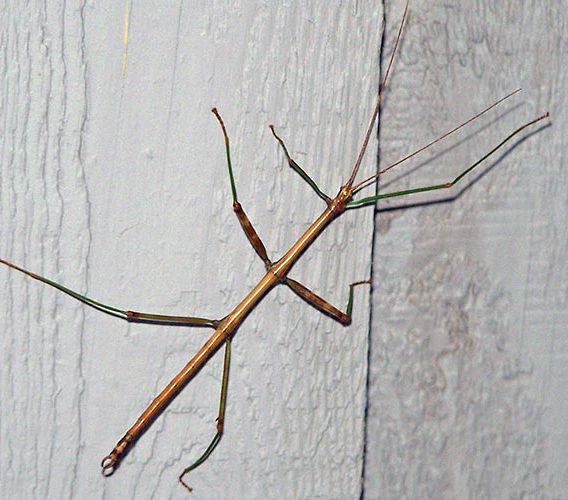
Northern Walkingstick (Family Diapheromeridae) Field Station
northern walkingstick (Diapheromera femorata) Information Photos Slideshows Videos Sightings Conservation • Description • Habitat • Biology • Distribution • Taxonomy Glossary Cercus One of a pair of small sensory appendages at the end of the abdomen of many insects and other arthropods. In Odonata, one of the upper claspers. Plural: cerci. Femur
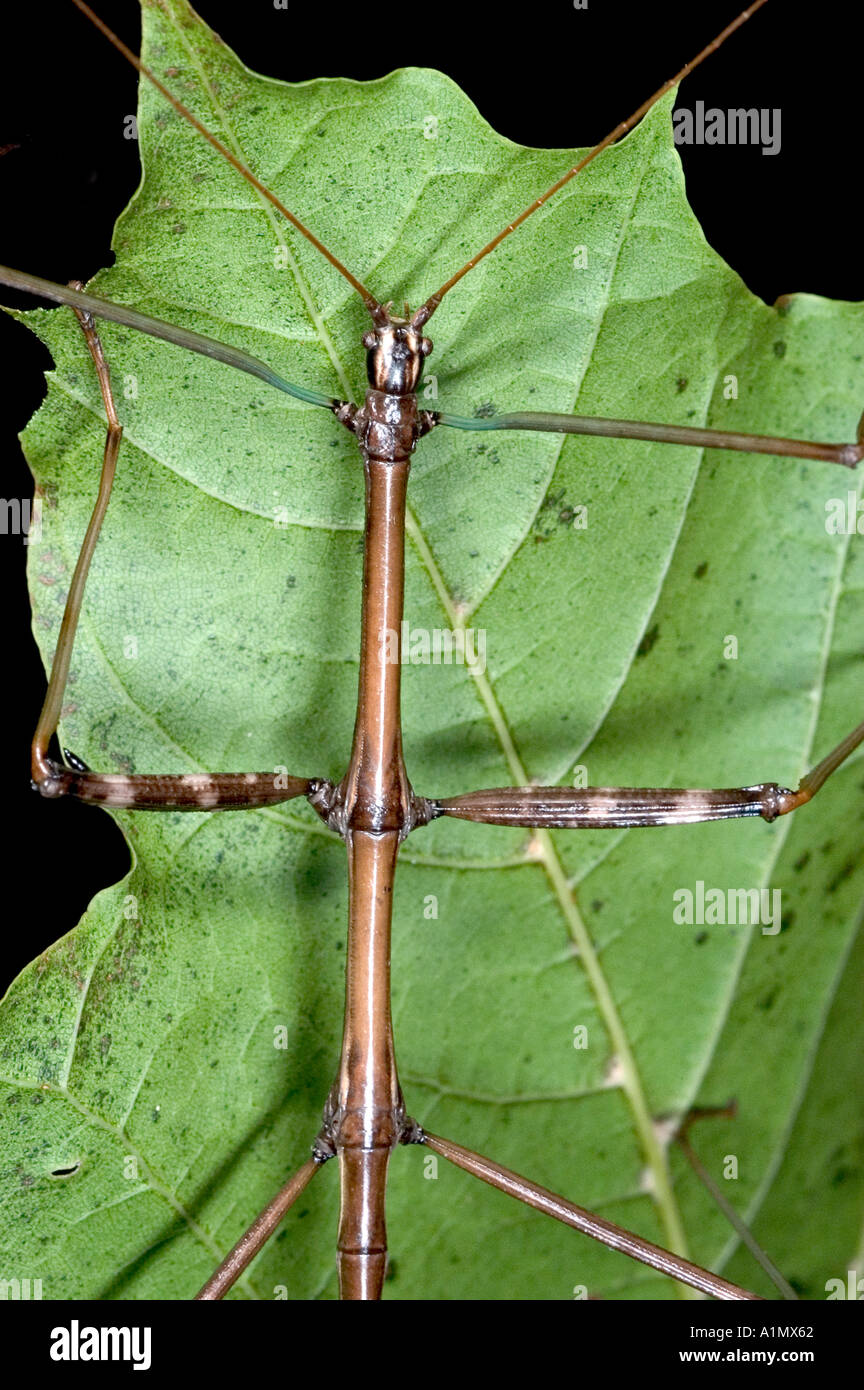
Northern walking stick insect hires stock photography and images Alamy
The northern walkingstick ( Diapheromera femorata) is very slender, and the antennae are two-thirds the total body length. Males are brown and can be 3 inches long; females are greenish brown and can be 3¾ inches long. The pincerlike circi at the tip of the abdomen are not segmented. Immatures are green.
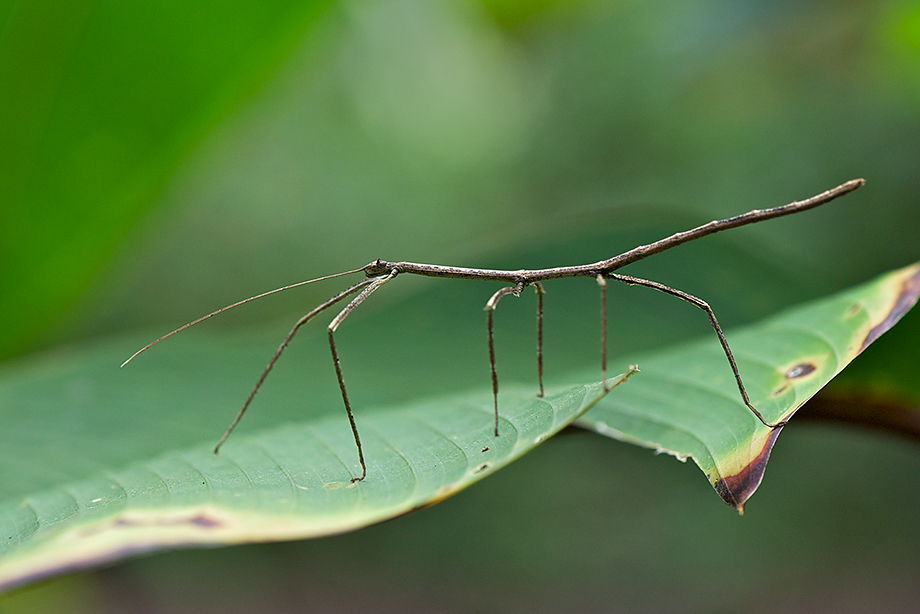
Stick Insect Sean Crane Photography
The common walkingstick or northern walkingstick ( Diapheromera femorata) is a species of phasmid or stick insect found across North America. The average length of this species is 75mm (3 in) for males and 95mm (3.7 in) for females. The insect is found in deciduous forest throughout North America, where it eats many types of plant foliage.

Fantastic Phasmids Bugs In Our Backyard
Description The northern two-striped walkingstick is a tan, brown, or brownish-yellow, elongated insect lacking wings, resembling a short stick. Two-striped walkingsticks are chunkier than our other stick insects.

stick insects can make good pets for kids (1280×853) Stick insect, Walking stick insect
The northern walkingstick is Missouri's most common species of walkingstick. It is very slender, and the antennae are two-thirds the total body length. Males are brown; females are greenish brown and larger. The pincerlike circi at the tip of the abdomen are not segmented. Immatures are green.

Bug Pictures Common Walkingstick (Diapheromera femorata) by hollys_hints
insect. Also known as: Diapheromera femorata, northern walkingstick. Learn about this topic in these articles: damage to trees. In walkingstick. The North American species Diapheromera femorata may defoliate oak trees during heavy infestations. Read More; life cycle.

Bug Pictures Common Walkingstick (Diapheromera femorata) by hollys_hints
Species Diapheromera femorata - Northern Walkingstick Classification · Synonyms and other taxonomic changes · Size · Identification · Range · Habitat · Food · Life Cycle · Remarks · Print References · Internet References · Works Cited Classification Kingdom Animalia (Animals) Phylum Arthropoda (Arthropods) Subphylum Hexapoda (Hexapods)